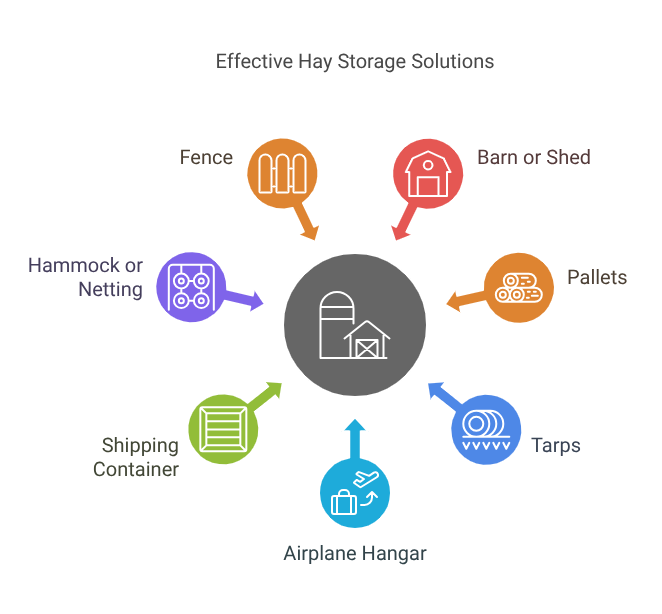Does your business do a lot of shipping and labeling? If you find yourself doing label after label, you should consider investing in an EBS printer. It can make your business life so much easier. Western Packaging has put together this article with all the information you need to know about how EBS printers work. Plus, all the ways that your business can benefit from one of these machines.
What Is An EBS Printer?
An EBS printer is a portable device that can be carried by hand to any location that you need. In the long run, these devices can save you money in printing supplies. You are taking out the need for the labels in general, as you can print directly onto the surfaces.
It is a time saver for employees and allows them to get their jobs done faster. By having the device on the employee, the printer can be taken straight to the object needing a label and print onto it. The EBS printer can print numbers, letters, symbols, and logos.
What Surfaces Can Be Printed On?
EBS printers are convenient for people who do a lot of printing. It can print directly onto almost any surface that you need it to. For example, some of the different surfaces that you can print on are:
- Cardboard
- Metal
- Plastic
- Wood
- Textile
- Concrete
- Poly Woven Bags
The size of the surface doesn’t matter either, which is an advantage to having to use a stationary printer. It is a great way to cut down on packaging, as you can print logos and information directly onto the product.
Are EBS Printers Affordable?
On average, you will spend around $3,000 or $6,000 on an EBS handjet printer. If you calculate the expenses you have in printers, paper, ink, and other supplies you need to print through the year, it can save you money. The upfront cost is high, but over time it will most likely equal out to save you money if your company does a lot of printing.
Benefits That Your Company Can See
Companies are all in when they see ways that they can save their company money. Time is money when in the business world. So, if you are saving your employees time with helpful equipment, it saves you money.
Companies have been using these printers for years, and they continue to be a preferred method of portable printing. Some of the other great benefits of an EBS handjet printer are:
- It Is Ultra-Light
- Battery Is Included
- Boosts Productivity
- User Friendly
- Conservative Ink Usage
- Over 100,000 Characters
Companies That Would Benefit From An EBS Printer
There are a variety of businesses that could see significant benefits from investing in an EBS handjet printer. These little devices are ideal for companies big and small. As long as you do enough printing to make the cost make sense for your business, it is a great tool to utilize.
The devices are equipped to print barcodes, expiration dates, product codes, and so much more. Some examples of some of the industries that use these devices or should be using them are:
- The Military
- The Technology Field
- Pharma Companies
- Agricultural Businesses
- Petroleum Fields
- Industrial Companies
- Construction Sites
Contact Western Packaging For More Information
If you are interested in investing in an EBS printer for your business, Western Packaging can help. Our staff is knowledgeable and trained to help you with all of your needs. If you need any advice or information before purchasing, feel free to contact us. It would be our pleasure to help you with anything that you need.

